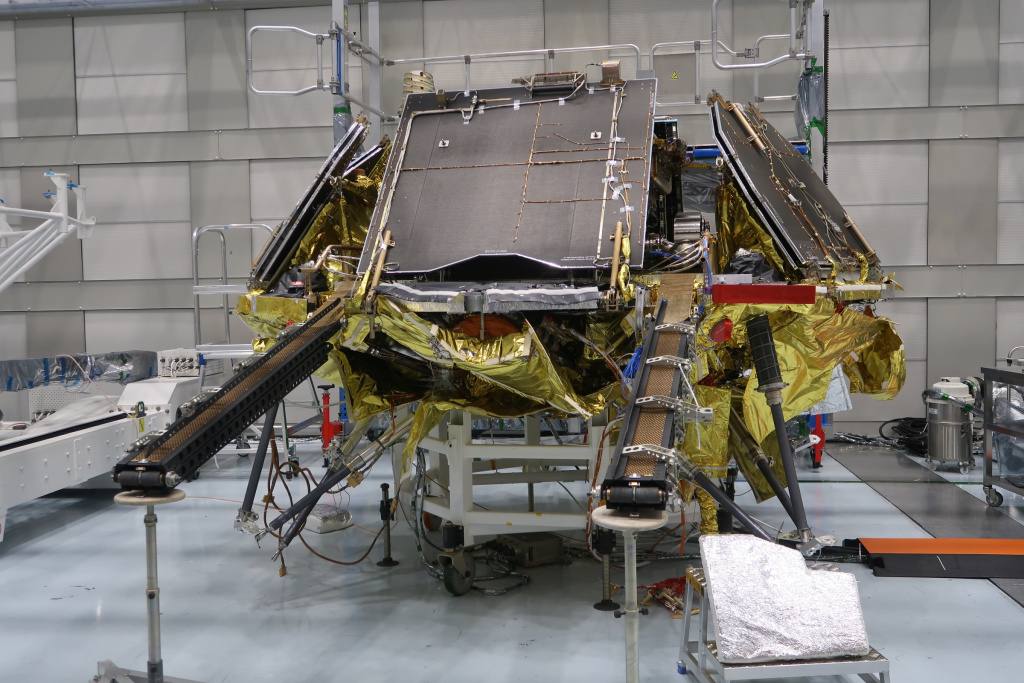Activity directions
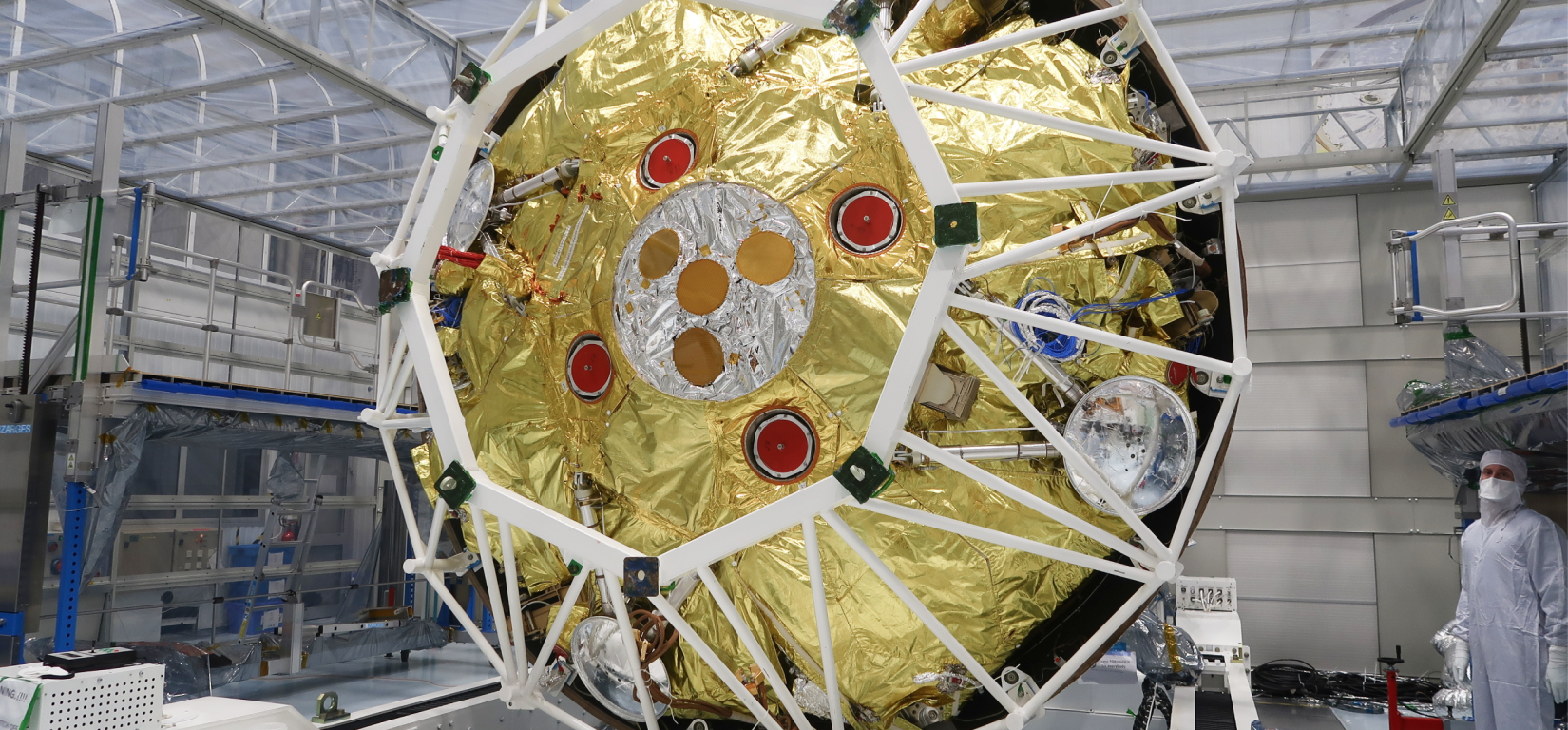
Lavochkin Science and Production Association, Joint Stock Company is one of the leading Russian enterprises for development and manufacture of space information systems; it is the industry Prime Contractor for the creation and application of complexes for fundamental scientific planetary and astrophysical research, study of the Sun, solar-terrestrial relations.
For more than 50 years Lavochkin Association has been building spacecraft to solve complex scientific and technical issues. The company has a modern design and testing facilities. The highly qualified team has accumulated a wealth of experience in development and implementing advanced technologies.
Currently Lavochkin Association, JSC performs a number of works under the Federal Space Program covering almost all major activities: the development of automated spacecraft for planetary research (Moon, Mars and Venus research programs), orbital astrophysical observatories, satellites and satellite systems for the Earth remote sensing, upper stages (multipurpose space tugs) and scientific small spacecraft.
Exploitation

Trials
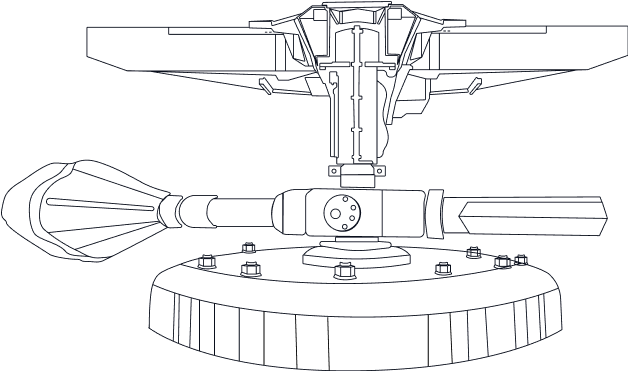
Software development

Development
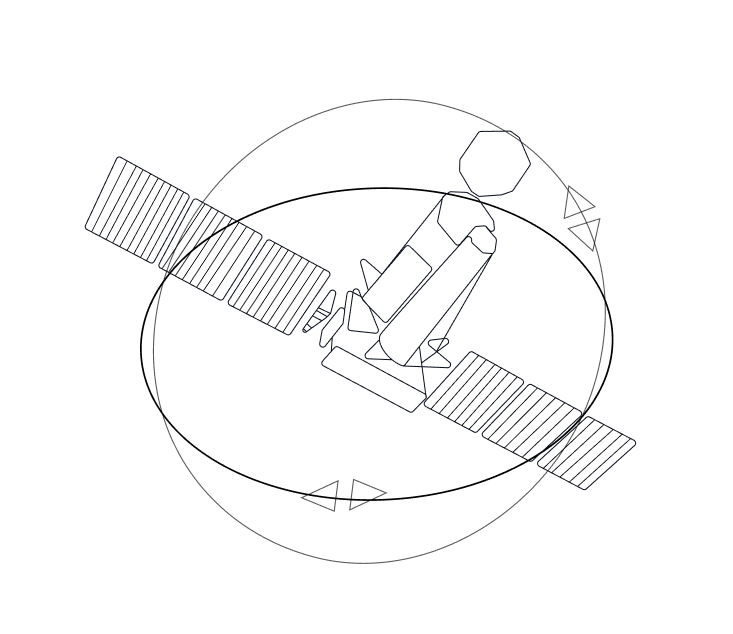
Production
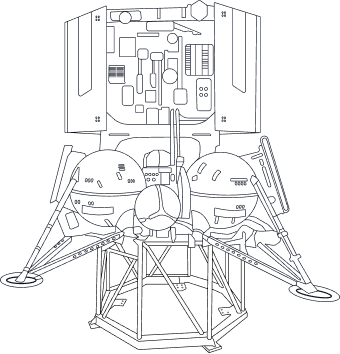
-
Modern astrophysics
The Spektr-R orbital observatory, launched in July 2011 from the Baikonur launch site was a space component of the large international Radioastron program. The radio telescope onboard the Spektr-R spacecraft during scientific observations was an element of a ground-space interferometer with an ultra- large base (350,000 km), which had not been realized before in the history of astrophysical research. The ground-based complex consisted of 58 radio telescopes located around our planet.
For the scientific community Spektr-R spacecraft has been operating as a source of valuable data about the Universe for 7 years, which is 2.5 times longer than the planned service life. During this time, a significant amount of data has been received, the processing of which lasted until 2021. At the moment, the FIAN Astrocosmic Center is working on completing the collection, correlation and archiving of the received huge volume of unique scientific data. International scientific groups continue to process, analyze and publish the results. Based on the results of the scientists' work, a data bank of the Radioastron project will be created. We can safely expect new scientific discoveries, since the amount of accumulated information is impressive: it is about 5 petabytes.
The program is aimed at studying properties of interstellar matter, pulsars, astrophysical masers, cores of active galaxies and black holes, testing Einstein's theory of relativity. During the observations a number of important discoveries were made and hypotheses about the nature of space objects and the properties of matter were clarified, an unsurpassed angular resolution in world astronomy was obtained – 8 microseconds of arc (such a resolution would allow from Earth to "see" a 2 cm radio wave source on the surface of the Moon).
The scientific program resulted in studying of 250 Universe objects, more than 4 thousand observation session were performed. Spektr-R spacecraft is listed in the Guinness Book of World Records as "The largest space telescope with a filled aperture".
Today telescopes are already operating onboard the Spektr-RG astrophysical Observatory. The Spektr- RG spacecraft, developed by Lavochkina JSC, was launched on July 13, 2019 from the Baikonur launch- site. It was developed in frame of activities under the Federal Space Program of Russia by order of the Russian Academy of Sciences with participation of Germany. The observatory is equipped with two unique X-ray mirror telescopes: ART-XC (IKI RAS, Russia) and eROSITA (MPE, Germany) and operates based on the principle of oblique incidence X-ray optics. The telescopes are installed on Navigator space platform built by Lavochkin Association and tailored for the mission. The main mission objective is to build a map of the entire sky in the soft (0.3–8 keV) and hard (4-20 keV) ranges of the X-ray spectrum with unprecedented sensitivity. The observatory should work in space for at least 6.5 years. Scientists of the Space Research Institute of the Russian Academy of Sciences process data gained from orbit to deep space communication antennas (in Russia, Spain and Argentina) on a daily basis, investigate previously known and discover new X-ray sources in various ares of the sky.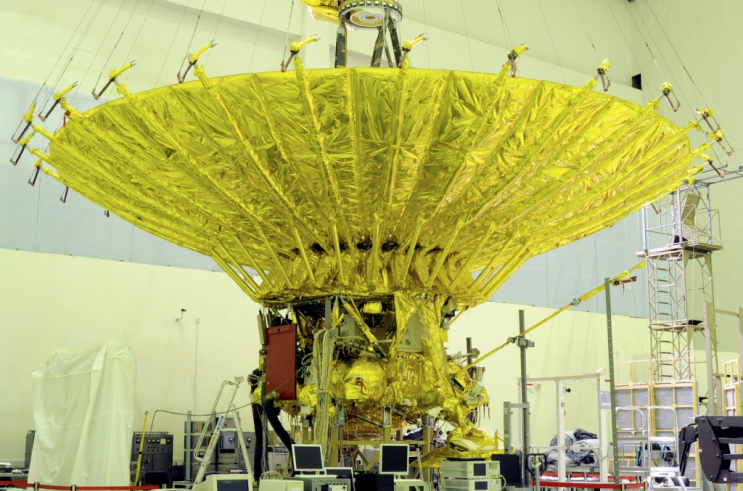
-
Hydrometeorology
The first spacecraft of the Electro-L family was launched on January 20, 2011; the second one was launched on December 11, 2015, the third one was launched on December 24, 2019, the fourth one was launched on February 5, 2023. These spacecraft constitute the Geostationary Hydrometeorological Space System and are designed to provide operational hydrometeorological data to the services responsible for environmental monitoring. In April 2012, the Electro-L spacecraft No. 1 made one of the most detailed images of our planet ever obtained by a meteorological probe: a picture of the Earth with an unprecedented resolution of 121 megapixels (spatial resolution of 1 km/pixel). Today, spacecraft continue its operation. The success of Electro-L spacecraft laid the path for the hydrometeorological developments at Lavochkin Association.
The first Arktika-M spacecraft No. 1 was launched from the Baikonur cosmodrome on February 28, 2021. This spacecraft became the world's first meteorological probe exploring the Arctic region from a highly elliptical orbit. Currently the Arktika-M spacecraft No. 2 is passing through the prelaunch activities at Lavochkin Association. The joint use of data obtained from geostationary and highly elliptical spacecraft will provide quasi-continuous receipt of meteorological data.
-
Planetary exploration
Lavochkin Association has developed the strategy of Moon exploration by automated space complexes which is included in the Federal Space Program of the Russian Federation for 2016-2025 and consists of four phases.
The first phase with the scheduled launch in 2023 provides for development of automated interplanetary Luna-Glob (Luna-25) station carrying minimum scientific instruments and aimed at testing of basic approach to the Moon South Pole soft landing. After that in 2024 the Luna-Resource (Luna-26) orbiter will go to the Earth's natural satellite and operate in a 200 km circumlunar circular polar orbit for about a year. The spacecraft will collect data from the lander and transmit to Earth, as well as conduct scientific research by a complex of scientific equipment. In 2025 the second Luna-Resource (Luna-27) lander with a cryogenic deep drilling rig will be launched to the Moon South Pole. It will be equipped with a high- precision and safe landing system, which will significantly increase the landing accuracy (up to 3 kilometers), thereby improving the possibilities for choosing the preferred place for scientific research. The delivery of the extracted soil in its original state from the polar region will be the task of the Luna- Grunt spacecraft (Luna-28), which is scheduled to launch after 2025.
The ExoMars-2016 spacecraft, the first milestone of the Mars exploration program, was launched on March 14, 2016. The mission objectives were to study the biological and geological origin of significant gas impurities in the Martian atmosphere, distribution of water ice in the Martian soil using the TGO orbiter as well as testing of approach for entering the planet's atmosphere, descent and landing. Unfortunately, the EDM demonstration lander did not reach the surface of the planet due to an emergency situation. The orbiter carrying two scientific instruments developed by IKI RAS, continues to collect and transmit unique data to the Earth.
The ExoMars-2022 spacecraft being the second milestone of the program was supposed to be launched in 2022. Lavochkin Association was the Prime Contractor and coordinator on the Russian side, as well as the developer and manufacturer of the Descent Module and a Landing Platform.
In addition, our company implements various activities related to:
- spacecraft testing and operation;
- ballistic support for interplanetary missions and near-Earth spacecraft;
- development testing of spacecraft units and systems;
- pre-launch spacecraft preparation, including ground tests and training at cosmodrome;
- уspacecraft flight control from the MCC, development hardware and software for SC test and flight control (MCC is located in a specially equipped hall at Lavochkin Association, JSC premises);
- design, manufacture and testing of space transportation means (upper stages, head fairings).
The company has also created a family of unique interorbital space tugs: Fregat, Fregat-SB, Fregat-MT. Now they are one of the most reliable and promising means of launching spacecraft in the world. Interorbital space tugs (ICBMs) are used at medium- and heavy-class launch vehicles to launch spacecraft into target orbits.
